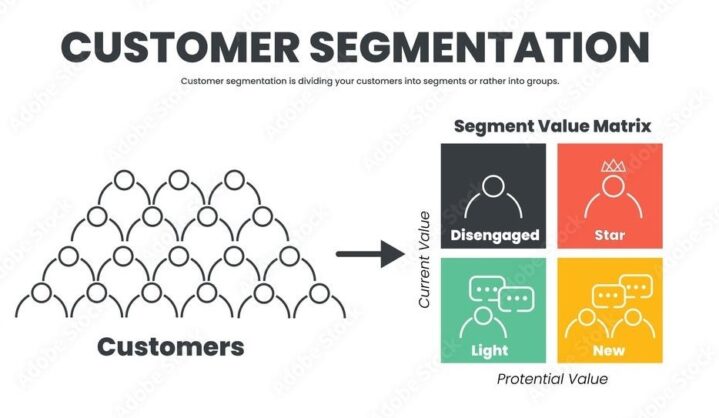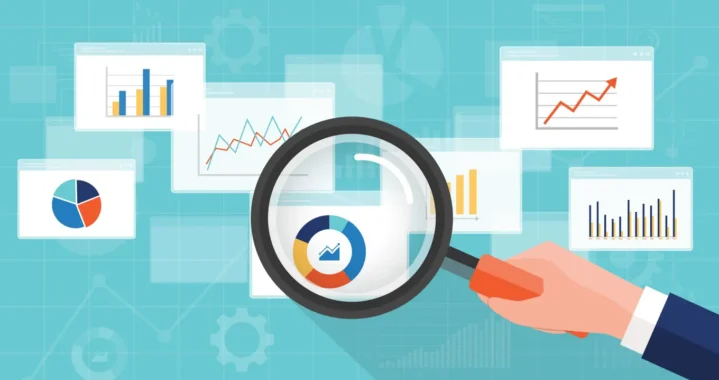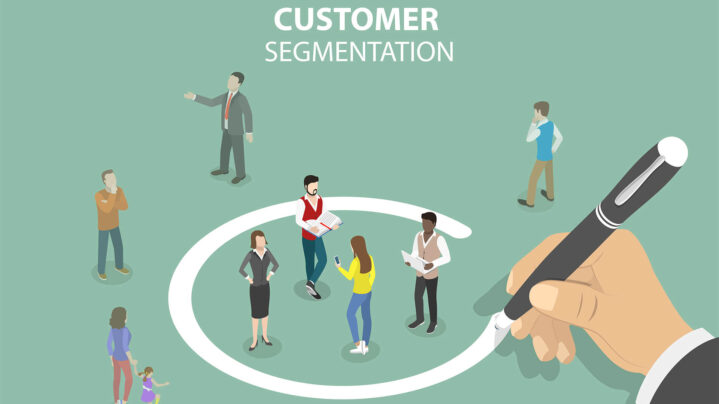To thrive in today’s competitive marketplace, businesses must understand their customers on a deeper level. Customer segmentation offers a strategic approach to divide a broad consumer base into smaller subsets with shared characteristics. This personalized touchpoint enables companies to tailor products, services, and marketing efforts, leading to more efficient resource utilization and heightened customer satisfaction. Grasping the principles of segmentation is crucial for business leaders eager to drive sustained growth and loyalty. Below, we delve into the art and science behind successful customer segmentation strategies.
Understanding Customer Segmentation and Its Impact on Business Growth

At its core, customer segmentation is about recognizing that no two customers are exactly alike. By categorizing customers into distinct groups based on factors like demographics, behavior, and preferences, businesses can craft precision-targeted strategies. It’s a process that goes beyond mere market research, seeking to translate data into actionable insights about diverse customer needs and potentials.
One often-overlooked aspect of customer segmentation is its ripple effect across an entire organization. Product development, sales approaches, and customer service can all be optimized when informed by a rich understanding of segmented customer profiles. Internal alignment around these profiles can unify disparate teams and goals, concentrating their efforts on high-value opportunities.
To truly understand “What is customer segmentation?” it’s important to recognize the sophistication such software like Adestra bring to the table. Transitioning from a one-size-fits-all marketing approach to a nuanced segmentation strategy can reinvent how a business interacts with its customers, potentially redefining its growth trajectory.
Leveraging Customer Data to Enhance Segmentation Efforts

Customer data is indispensable in enhancing segmentation efforts, serving as the foundation upon which successful strategies are built. However, simply collecting vast amounts of data is not enough. Companies must institute robust data analysis frameworks to distill this information into practical, strategic insights.
Advancements in big data analytics and artificial intelligence have exponentially increased the capability to process and understand complex customer data. These technologies enable businesses to identify emerging patterns, predict future behaviors, and determine segment-specific preferences with unprecedented precision.
When applied effectively, customer data can power more intelligent customer segmentation, facilitating hyper-personalized experiences that engage customers in meaningful ways. Through this data-driven lens, businesses can anticipate needs and deliver tailored solutions that demonstrate genuine understanding and value.
Personalized Marketing Campaigns: Tailoring Messages for Each Segment
Personalized marketing campaigns are the cornerstone of a successful customer segmentation strategy. Instead of offering one-size-fits-all messaging, modern marketing prioritizes relevance and emotional connection.
Consumers are more likely to engage with brands that acknowledge their individual preferences, behaviors, and needs. Personalization transforms marketing from a transactional activity into a conversation—one that makes each customer feel valued and understood.

Why Personalization Matters
Effective personalization goes beyond using a customer’s name in an email. It involves analyzing behavioral data, purchase history, and interaction patterns to craft messages that anticipate needs and desires.
Personalized campaigns reduce noise and increase the likelihood of conversions by making interactions feel seamless and intuitive.
For example, instead of broadcasting a generic promotion, a brand might suggest a new product based on a customer’s previous purchases or browsing behavior, leading to higher click-through and conversion rates.
Techniques That Drive Results
Several tools and strategies enable marketers to fine-tune their outreach:
- Dynamic Content: Websites and email templates can adapt based on the viewer’s segment, displaying content that’s most likely to appeal to them.
- Personalized Emails: These go beyond names—offering tailored product suggestions, exclusive offers, or reminders based on customer lifecycle stages.
- Targeted Social Media Ads: Platforms like Facebook and Instagram allow advertisers to create distinct messaging for different audience segments, including lookalike audiences, retargeting pools, and interest-based clusters.
For example, a loyal customer might receive a thank-you discount for repeated purchases, while a first-time visitor may see a brand-awareness video designed to introduce the brand’s values.
Full-Funnel Personalization
True personalization doesn’t end at the point of purchase—it spans the entire customer journey. Businesses should tailor their strategies across all touchpoints:
- Awareness: Segment-specific ads or content marketing pieces that speak to different interests or pain points.
- Consideration: Comparative content or user testimonials designed to answer questions typical of each segment.
- Purchase: Time-limited offers, payment flexibility, or bundle deals aligned with specific buying behaviors.
- Post-Purchase: Customized onboarding emails, surveys that reflect prior experiences, and product use tips.
- Loyalty and Advocacy: Segment-specific rewards programs, early access for VIP buyers, and refer-a-friend incentives that match customer motivations.
Challenges and Considerations
While the benefits are significant, businesses must navigate challenges such as data privacy, content creation workload, and automation complexity.
Ensuring compliance with data protection regulations (like GDPR or CCPA) while still delivering hyper-personalized experiences requires transparent practices and secure systems.
Additionally, too much personalization can feel intrusive if not executed with care, so tone and timing must be considered.
Measuring Success: Tracking and Analyzing the Impact of Customer Segmentation on Growth

Alt text: Team analyzing charts and graphs on large screens, showcasing what customer segmentation involves.
Effective customer segmentation doesn’t end once audiences are divided into neat categories and campaigns are launched.
True success lies in the ongoing measurement and analysis of how those segmentation strategies impact business growth. Without robust performance tracking, even the most sophisticated segmentation models risk becoming blind experiments.
The Importance of Measurement
The saying “what gets measured gets managed” is especially true in customer segmentation.
Businesses need tangible evidence that their segmentation efforts are driving the outcomes they seek, be it improved engagement, higher conversion rates, or increased customer lifetime value (CLV).
Setting clear, relevant Key Performance Indicators (KPIs) for each segment provides a benchmark to evaluate impact and justify continued investment in segmentation efforts.
Common KPIs include:
- Revenue per Segment: Tracks which segments are the most profitable and which may require more nurturing.
- Conversion Rate by Segment: Indicates how well targeted messaging performs with different groups.
- Customer Retention Rate: Highlights whether tailored approaches are encouraging repeat business.
- Customer Satisfaction and Net Promoter Score (NPS): Measures how well segments respond to the personalized experience.
- Average Order Value (AOV): Gauges the spending behavior of each segment over time.
Leveraging Analytics Tools

Sophisticated analytics tools are central to tracking segmentation success. Platforms like Google Analytics, HubSpot, Salesforce, and custom business intelligence dashboards allow companies to:
- Track segment-specific user behavior across channels
- Compare engagement metrics between segmented and unsegmented audiences
- Monitor real-time data for immediate feedback
- Use predictive modeling to foresee future trends within each segment
Heatmaps, funnel analysis, cohort analysis, and customer journey mapping all contribute to understanding how segmentation impacts various stages of interaction.
Summary
Overall, the effectiveness of customer segmentation lies in its continuous cycle of learning and adapting. It’s a powerful tool that can transform the way businesses understand and interact with their customers, unlocking new avenues for growth and loyalty. Embracing customer segmentation empowers companies to be more agile, more customer-centric, and ultimately, more successful in today’s complex commercial landscape.
